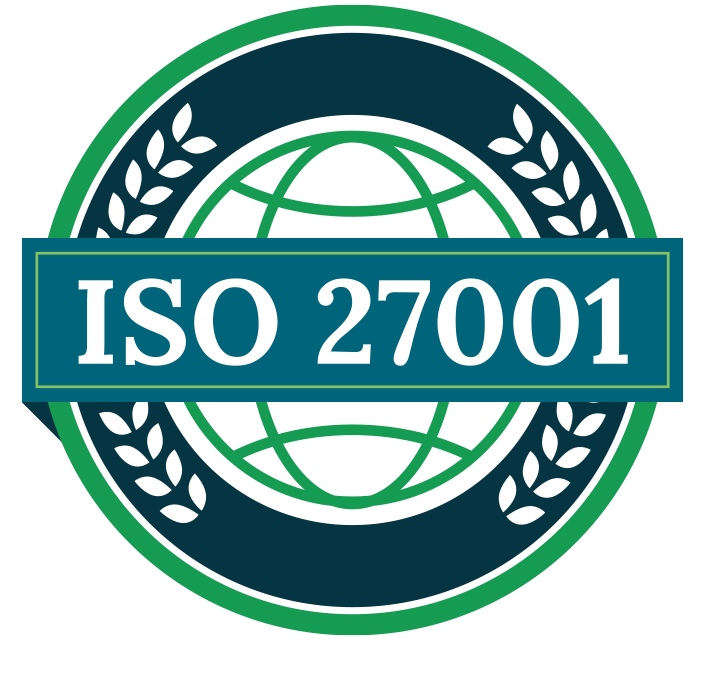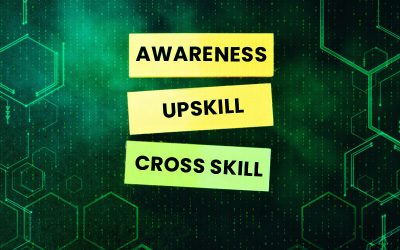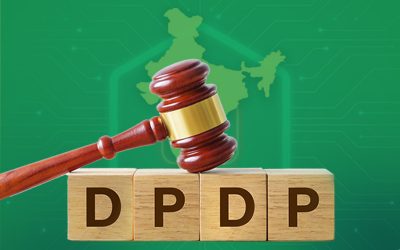minimize risk through the ISO 27001 framework

Implementation of the ISO 27001 standard is a journey that needs to be meticulously planned and accurately executed by carefully factoring in the scope, timelines, unforeseen delays, risks and unwavering support of top management. A pre-requisite for ISO 27001 implementation

DESIGN of how the framework will be positioned in the organization

Finalize and freeze scope

Determine Risk Assessment methodology

Ensure Adequate resources
Common Challenges Faced by the Businesses
Implementation of ISO 27001 can be challenging, especially for the first time. Most common challenges that the organizations face:
- Improper planning of implementation roadmap – Often teams do not follow an order to prioritize from the most critical items to the least critical resulting in ad-hoc execution. Owing to this, the allocation of resources doesn’t happen accordingly. Incorrectly classifying the roadmap items (in-progress, done, to-do, backlog etc.)
- Inadequate support from management and stakeholders – Not releasing the budget as per the plan and lack of commitment to enforcing the implementation phases. Unable to make timely decisions. Partial or no involvement of stakeholders during the implementation causes unexpected delays
- Unavailability of resources during the implementation – Timely availability of tools, insufficiently skilled resources to perform tasks and lack of redundancy of critical resources (people, process and technology) can lead to the roadmap overshooting its timelines and budget creep
- Accountability and responsibility – The absence of a RACI matrix defining key responsibilities and accountabilities will impact the effectiveness of the process, risk assessments, meetings and communication plans
- Not considering the roadmap opportunities and risks – Third Party risks to the project – Licensing and functioning of the Third Party tools, Facility & HVAC support, and power supply. Certain calculated risks could be opportunities that could be integrated into the implementation plan, are not considered
- Lack of well-thought governance – Be it a restless or a laid-back model, both do not meet the purpose and instead may annoy or put the stakeholders in a too relaxed position both of which are harmful for the governance.
How can we Help
Defentrix relies on its extensive experience in the implementation of the Information Security Management System (ISMS). It provides the following offerings:
Implementation of ISO 27001 framework
Defentrix can customize the implementation plan as per your requirement be it from scratch or continuity from where it was left off.
Define and freeze scope – Factor in requirements based on location, interested parties, third parties, clients, regulation and laws
Detailed project plan with timelines – stakeholder mapping and commitment
Draft Information Security policy – this drives the entire ISMS program as part of Due Care. Review/draft associated security policies as per standard.
Conduct Risk Assessment – This is the backbone of the entire exercise
- Establish accuracy of inventory and prioritize assets
- Perform risk analysis and identify risks
- Prioritize and evaluate risks
- Risk treatment – cost benefit analysis
Statement of Applicability (SoA) – Document existing controls as per the scope and Annex A of the standard
Implement controls – Define metrics to measure the effectiveness of controls
Operate ISMS – Perform ISMS activities

Awareness and Training – Tailor-made content for various audience
Monitor and measure ISMS – cadence to periodically monitor the effectiveness of the program
Internal Audit – objective-oriented audit to improve the program
Management review – alignment of the organization’s security purpose with ISMS and its objectives.
Continual Improvement – seamless change management to accommodate the changes in the program as per the business requirements and evolving threat landscape.
ISMS Governance
Facilitate a standardized, transparent and consistent reporting structure. Establish a steering committee, PMO and project manager to oversee the implementation
Benefits of ISO 27001 framework Implementation
Increased likelihood of timely delivery
Alignment to scope and stakeholder expectations
Timely decision making
RACI matrix
Issue management and resolution
Transparent communication
End Result
Continual Improvement – seamless change management to accommodate the changes in the program as per the business requirements and evolving threat landscape.
Security domains with implemented security controls
- Identity and Access
- Change and configuration
- Risk management
- Incident management
- BCP/DR
- Third Party Risk Management
- Vulnerability and Patch management
- Asset management
- Human Resource Management
Risk-aware and fully functioning team
Defined processes, procedures and guidelines
Identification of Security baseline
Effective governance structure
Continuous improvement of the ISMS program
Ready to undergo External Audit

Worried about your Information Security and TPRM?
Contact us today for complete consulting and implementation of Information Security
Latest Resources
2024 Leadership Vision for Third Party Risk Management (TPRM)
CISOs have a diverse array of rapidly evolving priorities, threats, demands, regulatory pressures, and technology changes to address. Leaders need a structured approach to today's security and risk landscape covering third-party risk. This blog sheds light on...
TPRM Awareness, upskill and cross skill
The security world is very diversified, with the majority of the organizations practicing defensive security while a few have adopted offensive security as well. Security professionals need to keep abreast with developments in Third Party Risk Management space and...
DPDP Act 2023 (India) and Third Party Risk Management (TPRM)
The impact of globalization, social networking, outsourcing, adoption of cloud and technologies, cross border data flows are some of the prominent reasons why data collection and sharing is ubiquitous in this digital age. Many countries have realized the importance of...



